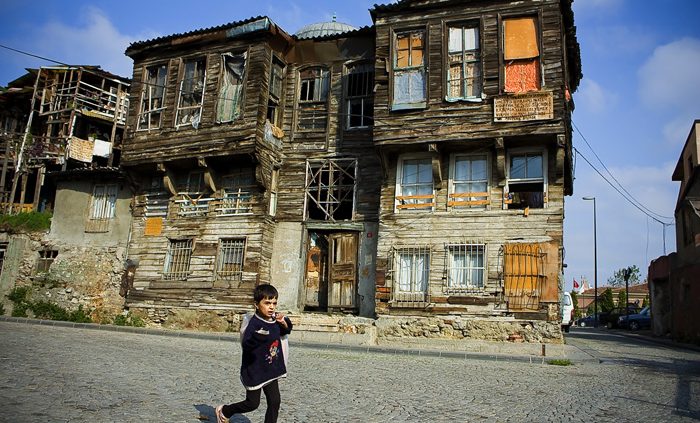Urban Planning 219: The Informal City
Quarter: Spring 2016Instructor: Vinit Mukhija Vinit Mukhija
Since the International Labor Organization’s seminal research in Ghana in the early seventies, informal employment and housing, although difficult to robustly define, have been closely associated with the economic growth, survival and structural characteristics of developing countries. But the growing conventional wisdom is that the informal sector is also an integral and growing part of the developed world, including the United States. This is particularly evident in Southern California, where a burgeoning informality is witnessed in the region’s working conditions and everyday life. Most observers agree that how planners and policymakers address informality is an important social justice challenge. But what is the informal sector, or urban informality, or the informal city? How well are these terms understood and defined in the literature? How important is it to have clear definitions? How has the literature and our collective understanding of these concepts changed over time? What are the characteristics, attributes, advantages and disadvantages of informality? How prevalent or marginal are informal activities in advanced economies? How much of the participation in informal activities is based on choice, and how much of it is due to the lack of options? And from an urban planning and social justice perspective, what should local planners and policymakers do about informality in Southern California? This class will address such questions through a rigorous examination of the literature, through a guest speaker series with leading scholars of informality in the United States, and through primary research conducted by class participants on informality in Southern California. The class and speaker series will focus on the spatial and social justice aspects of informality. In both developed and developing countries, informality is seen by policymakers as a wicked problem. Nevertheless, the informal sector often provides employment opportunities to many, who would otherwise be hard-pressed to find a job in formal labor markets. Indeed, in times of high unemployment, informality may be expanding. But official strategies to address informality, formalize or regulate it, have been elusive and detrimental, and have negatively affected the informal labor force. In this class, we will focus on both the theoretical and policy-oriented sides of informality. In terms of the theory of informality, we will also ask our guest speakers to address the nature of informality in the United States, including its prevalence, characteristics, rationale, advantages/disadvantages, and socio-spatial implications. From a planning perspective, we will deliberate and challenge our speakers to discuss if and how policymakers can regulate informality, and if and how the prevalence and characteristics of informality suggest that the structure and epistemology of conventional regulations should change, particularly from the perspective of the poor. P/C: Flicker User Maria





